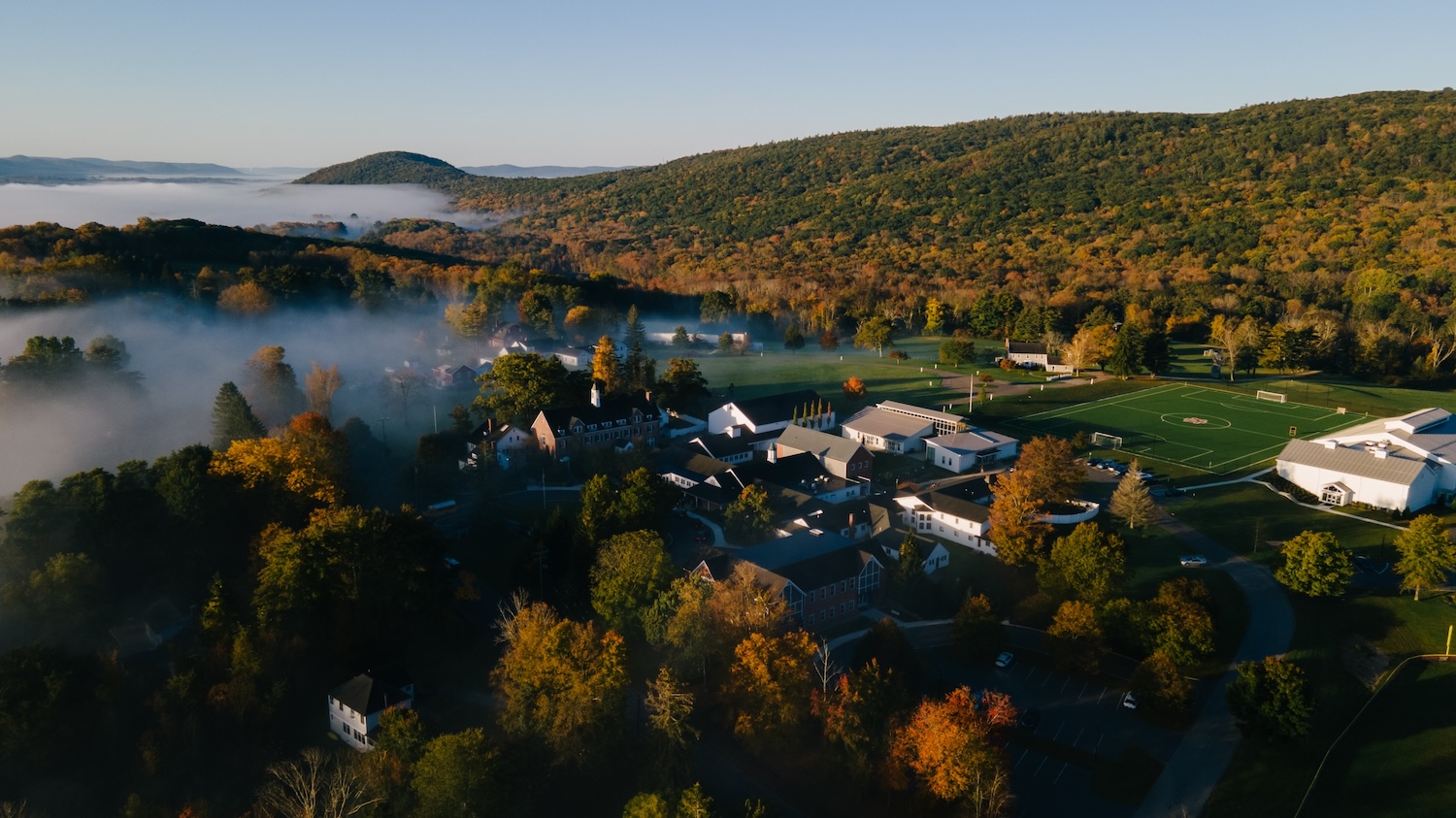Ninth Graders Design Solutions to Global Challenges

Students are exposed to these goals beginning in September when they meet once a week in a course that introduces them to sustainable development in general and the Goals in particular. Throughout the year, the SDGs are also the lens through which students approach content in their sustainability science, English, and history classes. For example, The Grapes of Wrath is presented as a book, in part, about an ecological disaster. Children learn that the Dust Bowl led to a mass migration of refugees, who faced discrimination and prejudice as they sought a new home and new life.
VIEW PHOTOS OF THE SDG LAUNCH WITH JEFFREY SACHS, SOLEDAD O’BRIEN, AND ISABEL PEREZ DOBARRO
Comments
There are no comments yet. Be the first to add something!